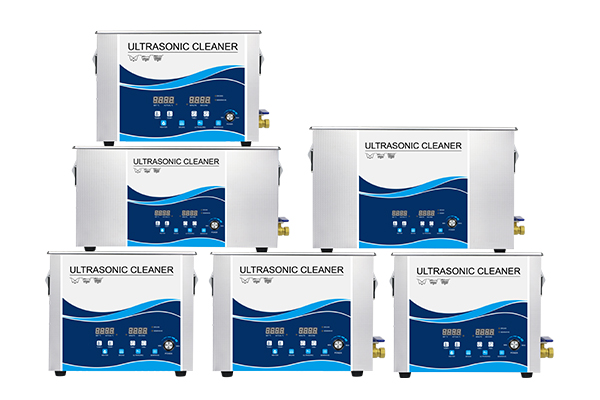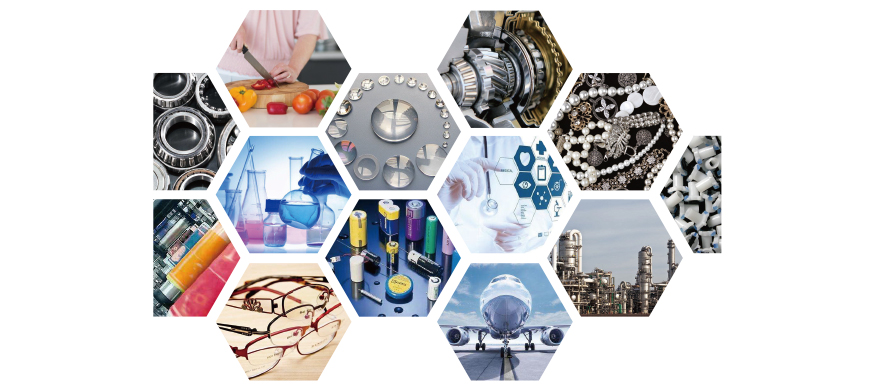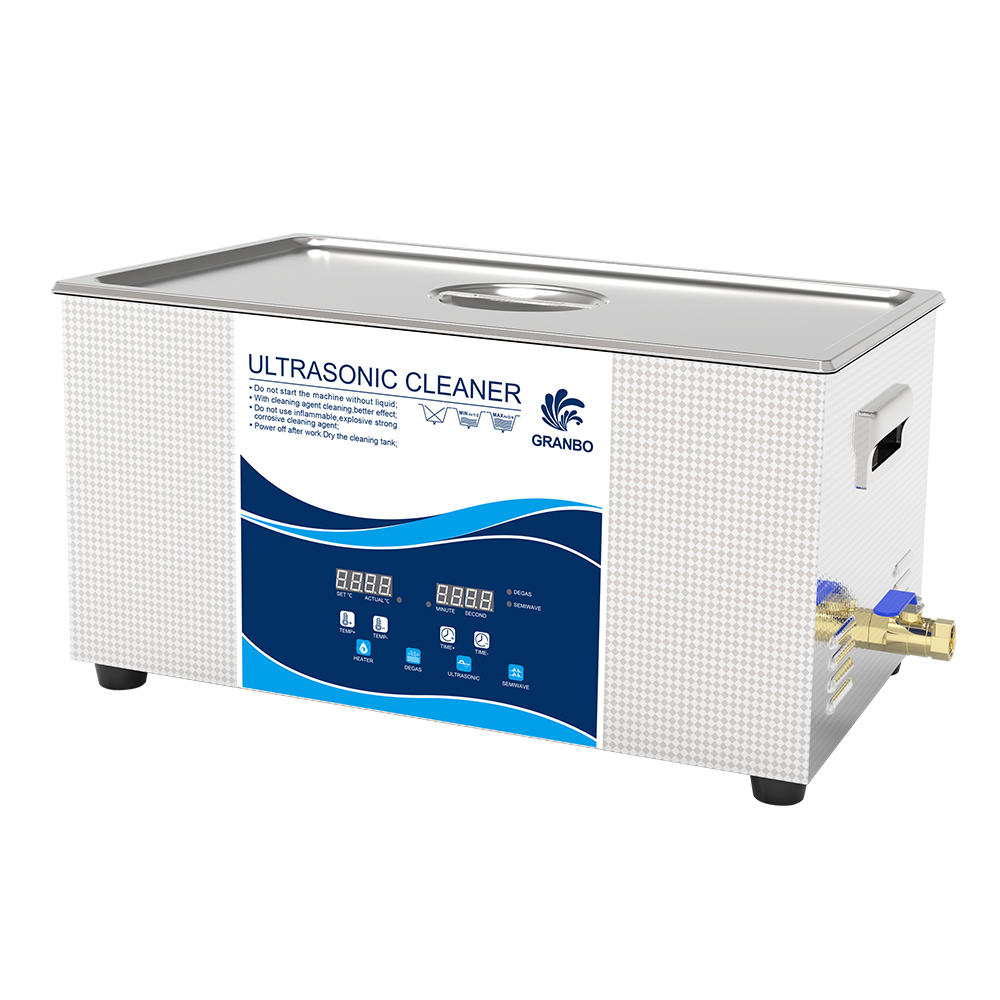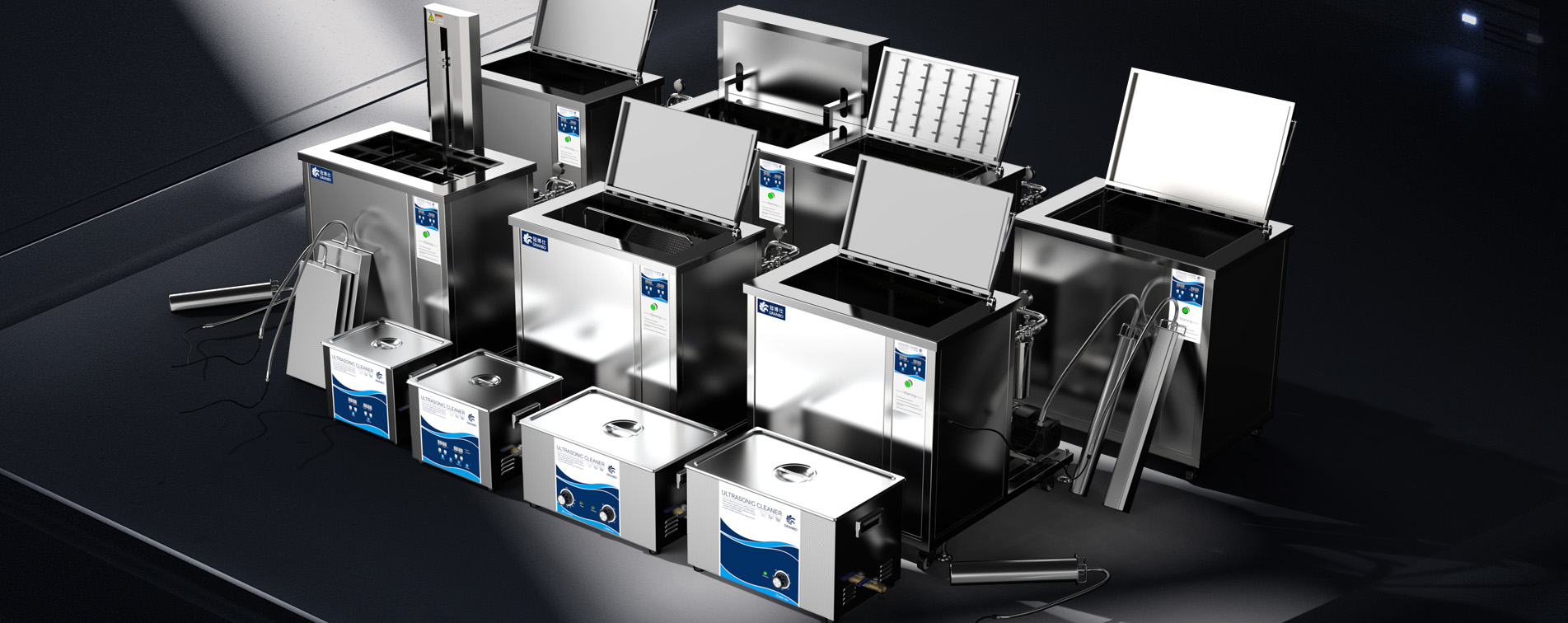Which is better: ultrasonic cleaner or plasma cleaner? How should I choose? First of all, we have to understand the role between the two, the principle of the difference to reach a conclusion.
The principle of ultrasonic cleaning machine.
Ultrasonic cleaning machine principle is mainly through the transducer, the power ultrasonic frequency source of acoustic energy into mechanical vibration, through the cleaning tank wall will be ultrasonic radiation to the cleaning liquid in the tank. Due to the radiation of ultrasonic waves, so that the micro bubbles in the liquid in the tank can be under the action of sound waves and thus maintain vibration. Destroy the adsorption of dirt and cleaning parts surface, causing fatigue damage to the dirt layer and be stripped, and the vibration of gas-type bubbles to scrub the solid surface. It uses the cavitation effect of ultrasonic waves in the liquid on the surface of the object pollutants to destroy the impact, some applications also need to assist the chemical cleaning agent, so as to achieve the purpose of cleaning.
Ultrasonic cleaning machine applications.
Ultrasonic cleaning machine is widely used in surface spraying treatment industry, machinery industry, electronics industry, medical industry, semiconductor industry, watch and jewelry industry, optical industry, textile printing and dyeing industry.
Ultrasonic cleaning machine is used as follows
1, surface spraying treatment industry: (cleaning of adherents: oil, mechanical chips, abrasives, dust, polishing wax) before electroplating to remove carbon, remove oxidation, remove polishing paste, oil and rust removal, ion plating before cleaning, phosphate treatment, metal workpiece surface activation treatment, etc. Stainless steel polishing products, stainless steel cutlery, tableware, knives, locks, lighting, hand ornaments before spraying treatment, cleaning before plating.
2, mechanical industry: (cleaning of adherents: cutting oil, abrasive particles, iron filings, dust, fingerprints) the removal of anti-rust grease; cleaning of gauges; mechanical parts of oil and rust removal; engine, engine parts, transmission, damper, shaft tile, oil nozzle, cylinder body, valve body, carburetor and automotive parts and chassis before painting oil removal, rust removal, cleaning before phosphating; filter, piston parts, filter unblocking cleaning, etc. Precision mechanical parts, compressor parts, camera parts, bearings, hardware parts, molds, especially in the railroad industry, to the train car air conditioning oil removal and decontamination, to the train head parts of the anti-rust, rust, oil removal is very suitable.
Principle of plasma cleaning machine.
Plasma cleaning machine using gas as a cleaning medium, effectively avoiding the secondary pollution brought about by the liquid cleaning medium to the cleaned material. Plasma cleaner external a vacuum pump, work in the cleaning chamber of the plasma and cleaning the surface of the pollutants reacted and ashing, a short period of cleaning can make organic pollutants are thoroughly cleaned away, while pollutants are vacuum pumped away, the degree of cleaning to molecular level. Plasma cleaner in addition to super-cleaning function, under specific conditions can also be changed according to the need for certain material surface properties, plasma action on the surface of the material, so that the chemical bonding of surface molecules reorganization, the formation of new surface properties. For some materials with special purposes, the glow discharge of the plasma cleaner in the super cleaning process not only strengthens the adhesion, compatibility and wettability of these materials, and can be disinfected and sterilized. Plasma cleaners are widely used in optics, optoelectronics, electronics, materials science, life science, polymer science, biomedicine, microfluidics and other fields.
Application areas of plasma cleaner.
Plasma cleaner is widely used in the surface treatment of LED, LCD, LCM, cell phone accessories, laptop keys and shells, optical components, optical lenses, electronic chips, integrated circuits, hardware, precision parts, plastic products, biological materials, medical vessels, wafers, etc.. The surface activation effect of the object treated by plasma is good, and the water immersion effect of the object is also very good.
Plasma cleaning technology is characterized by the type of substrate regardless of the object to be treated, can be processed, on metals, semiconductors, oxides and most polymer materials, such as polypropylene, polyester, polyimide, polychloroethylene, epoxy, and even polytetrafluoroethylene, etc. can be well handled, and can achieve the overall and local and complex structure of the cleaning.
To sum up.
When the need for precision products but not suitable for liquid cleaning recommended plasma cleaning machine, while the application allows liquid cleaning can be weighed to consider whether to choose ultrasonic cleaning machine or plasma cleaning machine. Some process applications are even the first section for ultrasonic cleaning, followed by a section of plasma cleaning. The two are not who is good and who is bad, just to choose the cleaning method to meet the process requirements.




